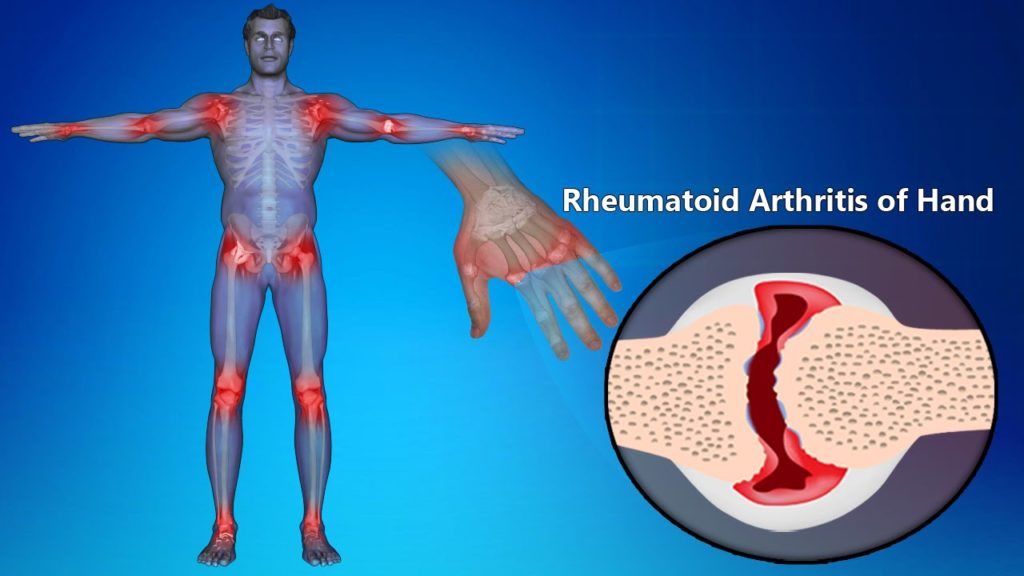CREDIT Institute for Basic Science
A team of scientists led by Koo Sagang from Seoul National University and the Center for Nanoparticle Research within the Institute for Basic Science (IBS), in collaboration with researchers from the Korea Institute of Science and Technology (KIST) and Seoul National University, has developed a new solution for the treatment of rheumatoid arthritis (RA).
Rheumatoid arthritis (RA) is a chronic disease that, unfortunately, has no cure. The disease triggers a mix of troublesome symptoms such as inflamed joints, harmful cytokines, and immune system imbalances, which work together to create a relentless cycle of worsening symptoms. While targeting some of these factors can provide short-term relief, others remain unresolved, leading to a frustrating cycle of remission and flare-ups.
“An important challenge in treating rheumatoid arthritis (RA) is the difficulty in returning the immune system to a healthy state. This results in the body being unable to regulate the ongoing production of harmful substances such as reactive oxygen species (ROS) and inflammatory cytokines, which leads to persistent inflammation and discomfort.”
In essence, the ideal treatment for rheumatoid arthritis (RA) should offer immediate relief from inflammation and symptoms and target the underlying cause by restoring the immune system to its normal, balanced state.
New nanoparticle-based system as a solution
The new platform involves immobilizing ceria nanoparticles (Ce NPs) onto mesenchymal stem cell-derived nanovesicles (MSCNVs). These components can hinder different pathogenic factors, allowing them to work individually and cooperatively to achieve a comprehensive treatment.
Ce nanoparticles can scavenge the overproduced reactive oxygen species (ROS) in rheumatoid arthritis (RA)-affected knee joints. They also induce polarization of M1 macrophages into M2, leading to immediate relief of inflammation and symptoms.
MSCNVs – deliver immunomodulatory cytokines, which turn dendritic cells (DC) into tolerogenic dendritic cells (tDCs). This consequently generates regulatory T cells for long-term immune tolerance.
In short, this approach aims to bridge both innate and adaptive immunity to achieve both short-term pain relief as well as convert the tissue environment into an immune-tolerant state to prevent the recurrence of symptoms.
Researchers confirmed the efficacy of this approach using a collagen-induced arthritis mouse model. The Ce-MSCNV system was able to comprehensively treat and prevent RA by simultaneously relieving the immediate and restoring T cell immunity. Supporting data suggest that improvement in conditions can be achieved after only a single-dose treatment.
The mice treated with the Ce-MSCNV combination fared far better than those treated using the Ce NP or MSCNV group. This demonstrates the synergy between anti-inflammation and immunomodulation and underlines the importance of the combined therapy for effective RA treatment. In addition, Ce-MSCNV administration before booster injection markedly reduced the incidence and severity of symptoms, supporting the prophylactic potential of these nanoparticles.
First author KOO Sagang stated, “One of the hardest decisions in intractable disease therapy is determining how long the treatment should take. For RA, it would not be appropriate to stop treatment just because the target marker is stabilized. A safer indicator should be that the innate and adaptive components of the collapsed immune system are normalized to protect the body.”
Koo believes that the strategy adopted by Ce-MSCNVs, where different treatment mechanisms work together, provides a unique advantage. Furthermore, she predicts that a similar approach would also apply to other intractable, inflammatory, and autoimmune diseases for this purpose. The components within the system may also be modified. For example, other catalysts for generating ROS or other cell-derived nanovesicles could be utilized depending on the types of diseases. Overall, this study proves the potential of a hybrid nanoparticle system for the comprehensive treatment of autoimmune disease and modulation of the immune system.


